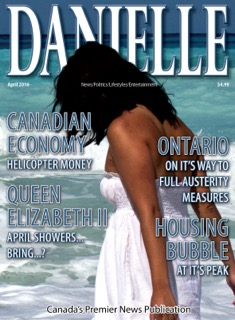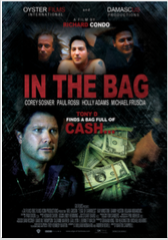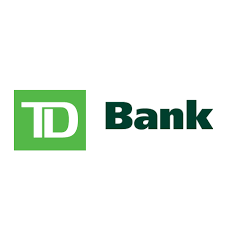Some time ago, Deutsche Bank’s chief international economist, Torsten Slok, presented several charts which showed that “Canada is in serious trouble” mostly as a result of its overreliance on its frothy, bubbly housing sector, but also due to the fact that unlike the US, the average Canadian household had failed to reduce its debt load.

Additionally, the German economist demonstrated that it was not just the mortgage-linked dangers from the housing market (and this was before Vancouver and Toronto got slammed with billions in “hot” Chinese capital inflows) as credit card loans and personal lines of credithad both surged, even as multifamily construction was at already record highs and surging, while the labor market had become particularly reliant on the assumption that the housing sector would keep growing indefinitely, suggesting that if and when the housing market took a turn for the worse, or even slowed down as expected, a major source of employment in recent years would shrink.
Fast forward to last summer, when the trends shown by Slok three years ago had only grown more acute, with Canada’s household debt continuing to rise, its divergence with the US never been greater…

How The Internet Turned Bad
The 1990s Vision Failed…
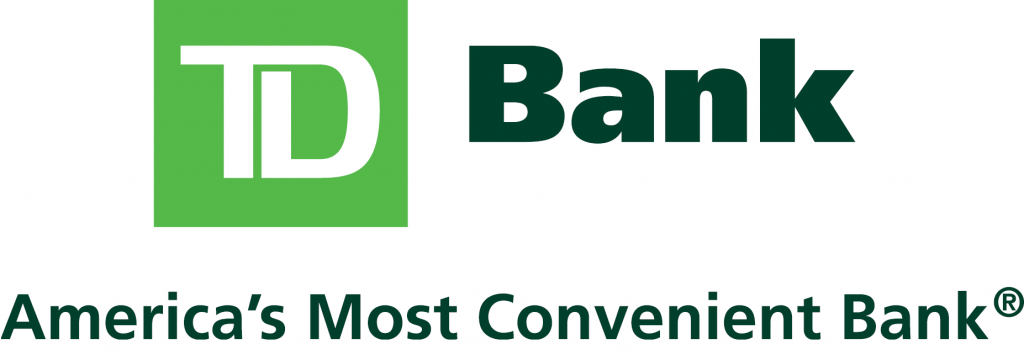
… making the debt-service ratio disturbingly sticky.
And yet despite all these concerning trends, virtually all of these red flags have been soundly ignored, mostly for one reason: the “wealth effect” in Canada courtesy of its housing market grew, and grew, and grew…
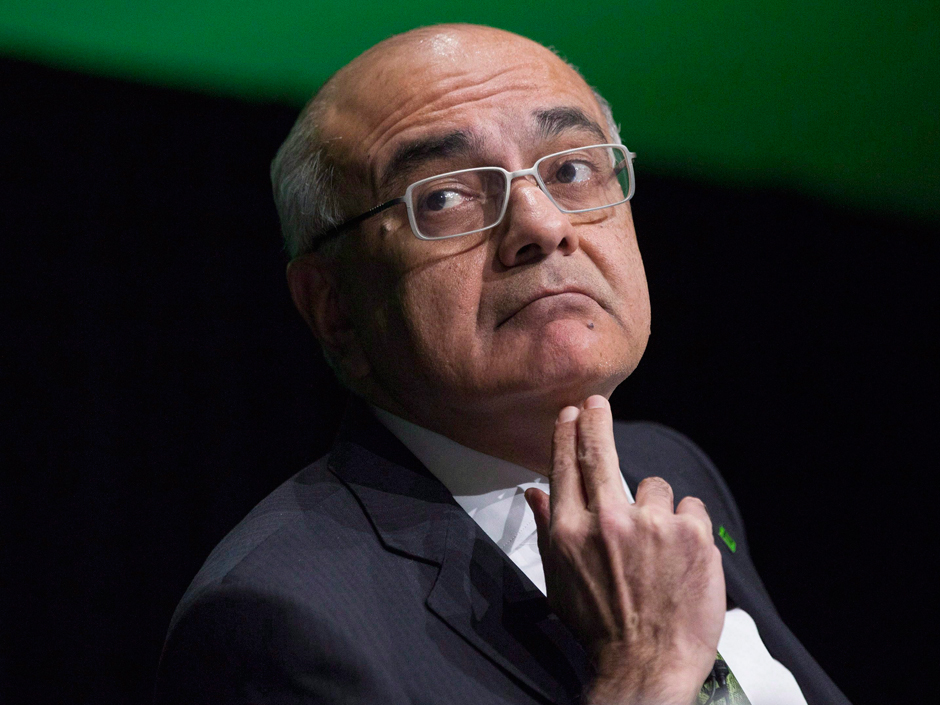
Looking at the chart above, Bloomberg recently said that:
On a real basis, Canadian housing prices experienced a much smaller, shorter decrease in prices during the financial crisis and a much larger, longer increase in prices during the recovery. When you couple this unfathomable rise in housing prices with near-record high household debt-to-income ratios, the Canadian housing bubble starts to look scary should the tide turn.
… and added:
No one knows when insanity like this will come to an end. Bubbles are like an avalanche. The longer they build up, the worse they will be when they eventually destabilize.
Well, nobody may know, but as Harley Bassman said not long ago, one can make an educated assumption, and as he said it most likely will be the result of higher rates.
Which brings us to last July’s decision by the Bank of Canada to hike its rates for only the first time since 2010, sending the Loonie to the highest level since August 2016. But aside from the surging currency, now that Canada has set off on a rate-hiking path, it has a bigger problem, one whose absence for so many years allowed the “Canadian housing bubble” in Bloomberg’s words to flourish: rising rates.
But the bigger problem is not so much rising short-term rates, but what is going on on the long end: it is here that the pain for the housing market will be most acute, because as shown in the chart below, the 10Y yield is now at the highest level it has been since the summer of 2014 and rising. Meanwhile, the yield on five-year government bonds rose to 2.18% this week, the highest in almost seven years.
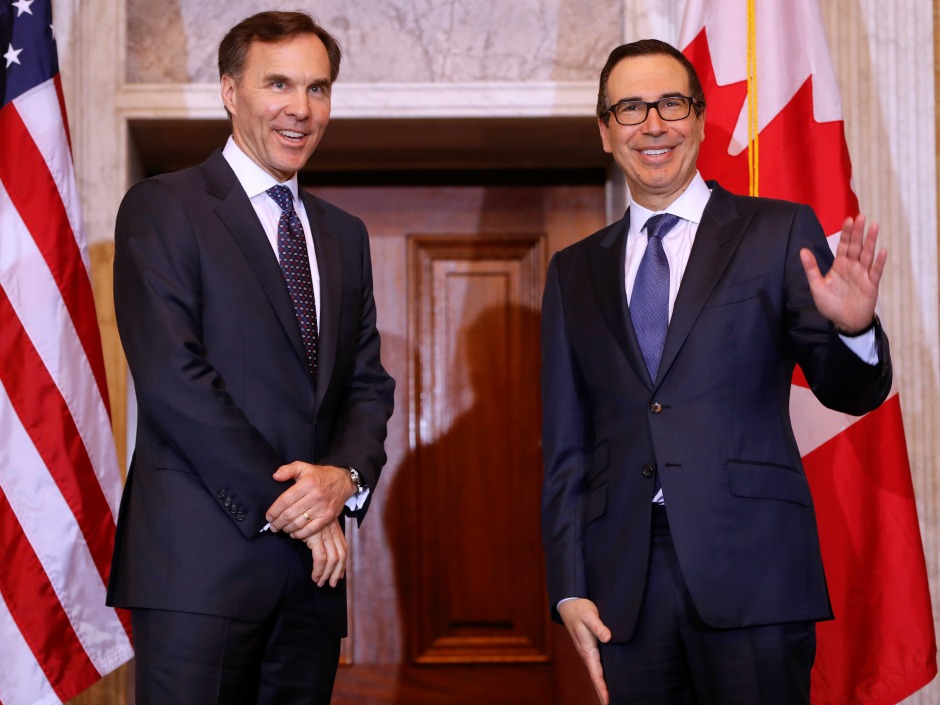
Treasury Secretary Steven T. Mnuchin, right, with Canadian Finance Minister William F. Morneau, left, before the start of their bilateral meeting at the U.S. Treasury Building in Washington, Wednesday, March 1, 2017. (AP Photo/Pablo Martinez Monsivais)
Furthermore, as US homebuyers from the time period 2004-2006 remember all too vividly, there is nothing that will burst a housing – and credit – bubble faster than a spike in mortgage rates.
But while Torsten Slok’s original warning that “Canada Is In Serious Trouble” in January of 2015 may have been premature, this time it appears that the threat facing Canada is all too real.
The reason: while it took banks some time to push their mortgage rates in line, they have finally “caught up” and as Bloomberg reports, Toronto-Dominion Bank has lifted its posted rate for five-year fixed mortgages by 45 bps to 5.59% as government bond yields touched their highest levels since 2011 this week.
“It’s a big move, the biggest move in years,” said Rob McLister, founder of RateSpy.com, a mortgage comparison website.
“There’s a lot of reasons why that could be — maybe they’re taking a position on rates going forward, which is not that typical; maybe they’re trying to get people to lock in and generate better spreads.”
Contacted by Bloomberg, Toronto-Dominion, Canada’s second-largest lender, said it lifted its five-year closed rate on Wednesday, along with increases to its two-year, three-year, six-year and seven-year mortgage rates.
In short: it hiked rates on everything. Why would a bank do that? Because i) it needs to, in order to remain profitable on its Net Interest Margin as the BOC keeps hiking rates and ii) because it anticipates greater losses in the very near future.
Meanwhile, Canada’s housing market has already set off on a wild ride. Recently, Toronto home prices dropped sharply from last year’s dramatic spike, while prices in Vancouver have rebounded, although here too they remain on edge amid a collapse in volulmes as much of the Chinese demand has vaporized, however a lack of selling pressure has prevented an all out rout. For now.
As for Toronto Dominion, and its decision to implement “the biggest move in years”, the bank explained that “adjusting our rates is not a decision we take lightly,” and added that “we look at a number of factors when determining rates including the competitive landscape, the cost of lending and managing risk.”
Even with the change, rates “remain competitive and at historically low levels,” the bank said.
Toronto-Dominion’s posted rate is now higher than rivals including Royal Bank of Canada, Bank of Nova Scotia and Bank of Montreal, which each advertise posted rates of 5.14 percent. Canadian Imperial Bank of Commerce has the lowest posted rate, at 4.99 percent.
So with mortgage rates now surging amid debt-service ratios which have never been higher, it’s only a matter of time before Slok is finally proven right…












